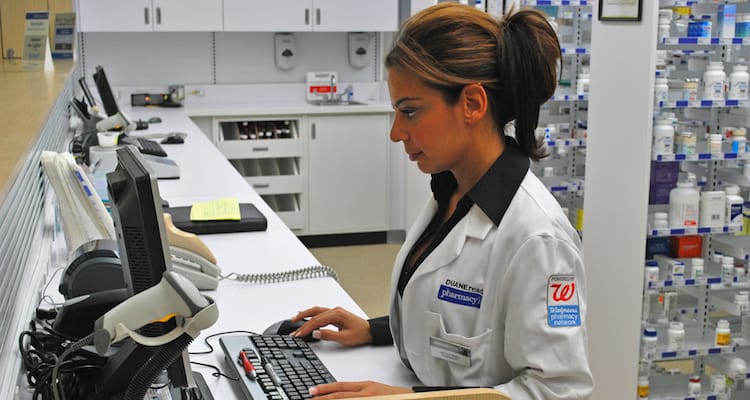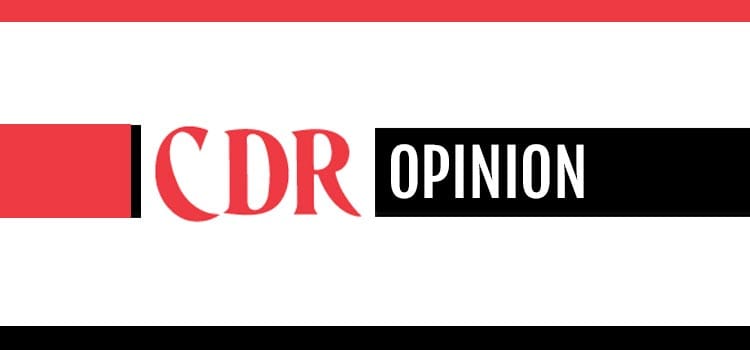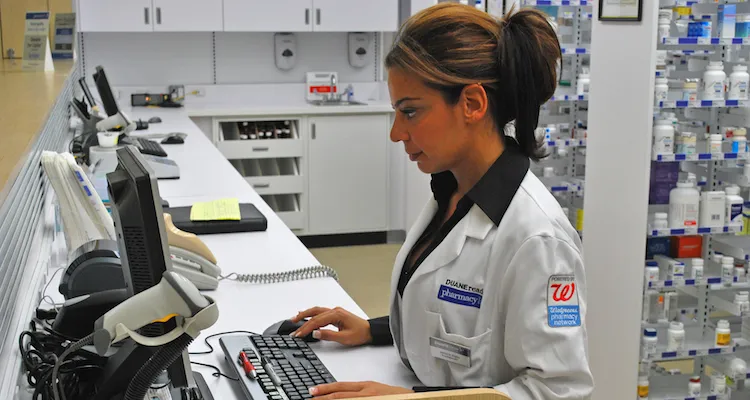
After years of political and legal wrangling, the Centers for Medicare & Medicaid Services (CMS) has issued its final rule on Covered Outpatient Drugs, which governs reimbursement to retail pharmacies for generic medications dispensed under Medicaid.
The history of the regulation goes all the way back to the Deficit Reduction Act of 2005 (DRA), which was signed into law by President Bush in February 2006. The measure called for savings of some $40 billion in mandatory spending programs over a five-year period.
Medicare and Medicaid were two of the programs targeted. The DRA required changes in the way Federal Upper Limits (FULs) for pharmacy reimbursement are calculated.

As outlined in the legislation and subsequently fleshed out by CMS, the new approach to FULs, which were based on average manufacturer prices (AMPs), would have placed a severe strain on pharmacy operators’ ability to serve Medicaid patients, and potentially could have caused some of them to drop out of the program.
The National Association of Chain Drug Stores and its members and allies moved quickly to counter the threat to high-quality, accessible patient care. NACDS and the National Community Pharmacists Association contested the proposed changes in a lawsuit. A federal district court judge granted a temporary injunction in December 2007, and the overhaul of FULs has been in abeyance ever since. The successful legal action and subsequent political maneuvering saved pharmacy operators billions of dollars over the past eight years.
Fast-forward to today. In issuing the final rule earlier this month, CMS asserted that, consistent with provisions of the Affordable Care Act of 2010, which altered the methodology for calculating FULs included in the DRA, reforms in the Medicaid reimbursement and rebate systems will save federal and state governments about $2.7 billion over five years. The new definitions contained in the rule are intended to ensure that Medicaid payments reflect market prices and maximize savings. CMS also promises the regulations will close loopholes in the program and provide incentives to pharmacy operators to encourage the use of generic medications.
The devil, as always, is in the details. As presstime, NACDS and its members were engaged in a thorough evaluation of the final rule, and what it means for patient care and the economic model necessary to maintain it. Steve Anderson, the association’s president and chief executive officer, is clear about one thing — the guiding principle in the process and the response to CMS’ action will be the pro-patient, pro-pharmacy philosophy that has come to characterize NACDS under his tenure.
The long, drawn-out battle over AMP-based FULs illustrates the kind of pressure that has become a way of life for retail pharmacies. The bill for health care in America is very high, totaling $3 trillion in 2014, or 17.5% of GDP, according to CMS. The return on that massive investment is, in many respects, disappointing.
Despite spending far more per capita on health care than any other nation, the U.S. is producing substandard results. Life expectancy in this country, for instance, is 78.8 years, well below the median of 81.2 for members of the Organization for Economic Cooperation and Development, and the infant mortality rate of 6.1 per thousand live births is almost double the 3.5 for the OECD as a whole.
Compelling reasons, from the perspective of both economics and patient outcomes, exist for further reform of the U.S. health care system. The challenge for NACDS, the companies that comprise its membership and other retail pharmacy stakeholders is to help ensure that evolution unfolds in a constructive manner. Fortunately, the industry finds itself in a sweet spot, possessing the ability to support the well-being of patients, while at the same time reining in increases in overall health care expenditures.
Notwithstanding the hue and cry about their cost, prescription medications still account for not much more than 10% of total spending on health care. The best defense that retail pharmacy has against crippling cuts like those envisioned in the DRA is to make policy makers and payers in the private sector understand that, long-term, there’s no more productive way to spend their health care dollars.







